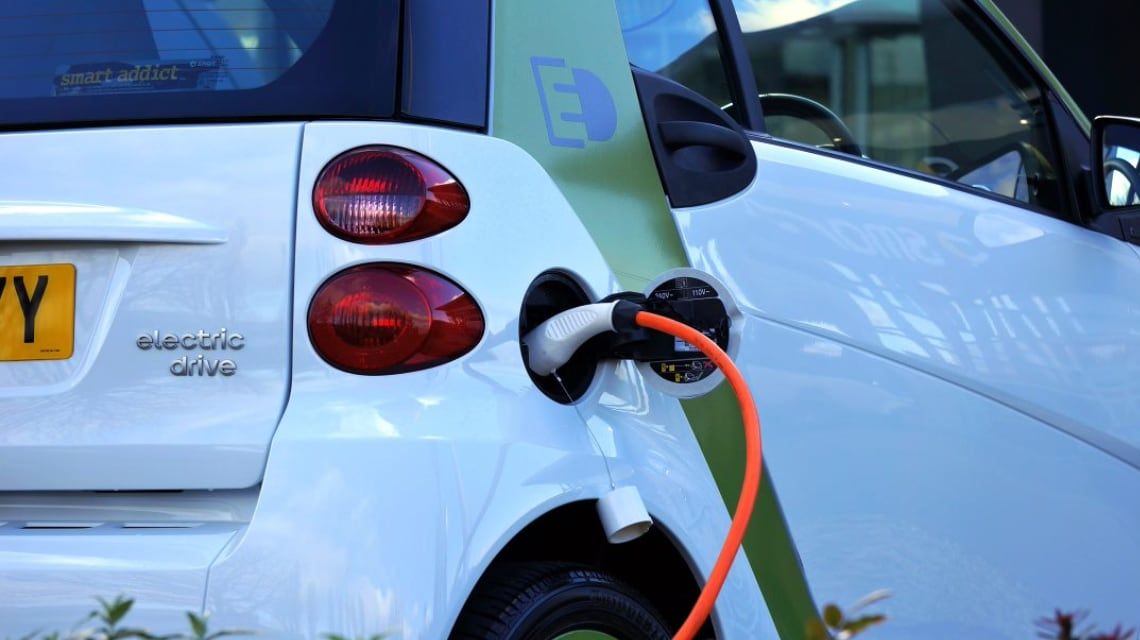Electric vehicles, electric cars, electrically powered cars. Green future for passenger transport or just another eco-buzzword? Is it worth buying an electric vehicle – and if so, under what conditions? See how you can really save money when buying an electric vehicle.
Electric vehicles have been a big topic for quite some time. The general public probably became more aware of electric cars around 2012, when the American automotive company Tesla introduced the famous Tesla Model S. It was the first electric vehicle ‘for the masses’ – the owners have collectively crossed the magic threshold of a billion miles driven (around 1.6 billion kilometres) with no emissions. But even after 10 years, you don’t see many Teslas here. Why not?
Why is the development of electromobility in the Czech Republic so behind?
If you stop and look at the cars on Bohemian and Moravian roads, you won’t see many electric ones among them. In fact, electric vehicles are still extremely rare.
In 2021, only 2,646 electric vehicles were sold in the Czech Republic. That makes up only 1.28% of the total number of newly registered cars. Worldwide, the estimate for the same period is about 10% of new sold cars.
This comparison makes you wonder: ‘Are Czechs really that conservative?’ Before answering, we need to think about the circumstances which precede buying a car. The future belongs to electric vehicles – especially considering the limited supply of conventional fossil fuels (especially oil). But what about the present day?
In addition to their ecological operation, the positives of electric cars include technical and driving characteristics:
- they run silently,
- have good engine efficiency,
- fast acceleration,
- cheaper service and
- are easy to control.
It all sounds great! Unfortunately, electric vehicles also have a few flaws, including:
- a higher purchase price (from about CZK 480,000 to CZK 2,700,000),
- short range (150-400 km, occasionally up to 600 km),
- longer charging time and battery flammability, and
- weak charging station infrastructure (that seems to be the imaginary Achilles heel of Czech electromobility).
These flaws obviously affect the decision-making process, but there are ways in which various countries try to encourage people to switch to electric vehicles:
- restrictions, currently, for example, an entry ban of cars with internal combustion engines into certain localities and, in the future, a ban on the sale of cars with internal combustion or diesel engines (the EU plans to end the sale of "regular cars" by 2035, Norway by the end of 2025) and
- positive incentives, especially subsidies for the purchase of an electric car, subsidies for their operation, tax depreciation, etc., which significantly affects the future buyers in other countries.
What about subsidies for electric vehicles here?
In the Czech Republic, subsidies for the purchase of an electric vehicle are only available to entrepreneurs. The government plans to invest into the development of public charging station infrastructure, but this also has certain pitfalls. A few cases recorded in the US last year point out the cons of this – hours-long queues formed by public charging stations on Thanksgiving Day. Also, a strange situation happened last winter in Texas when the electricity prices have risen significantly.
Here the price of 1kWh at a public charging station currently ranges from CZK 6 to CZK 10. This includes the price for the total charging time – usually CZK 2 per minute. Is there any way to make the operation more convenient?
Wallbox – for your comfort and savings
EV chargers (at home charging stations) for electric vehicles (sometimes called wallboxes) are the ideal way to increase the comfort of personal electric vehicles and save you money at the same time. You can draw a subsidy of CZK 30,000 for the purchase of a one charging point and up to CZK 60,000 for a family home.
Recharging of electric car batteries is cheaper and more available with wallboxes (it basically ensures the range of your vehicle). In an ideal scenario, you can use the low distribution rate (D27d). Meaning you mostly charge at night (between 6pm and 8am). Owners of photovoltaic rooftop power plants charge during the day, when there are overflows into the public distribution network because of low household consumption and maximum electricity production by solar panels.
If you combine solar panels and your EV charger, you’ll become energy self-sufficient for a part of the year, and ideally you will get to the fantastic operating price of 5 cents per km of driving.
And as for the mentioned user comfort – with a quality wallbox you can charge your electric vehicle up to 1J0 faster than from a regular electric socket. No more long waits, no more unnecessary trips to the nearest public charging station. Plus, you can install your charger almost anywhere. The installation is quick and easy.
Which wallbox should you choose?
Make the right choice and get your wallbox from the manufacturer that gave it its name – Wallbox This company develops and manufactures charging equipment. They created the most modern electric vehicle charging solutions for homes, businesses, and municipalities, which means they offer effective and sustainable ways of using and sharing energy. Contact us we will be happy to help you choose the right 1f or 3f model.

